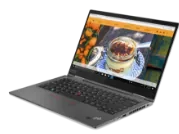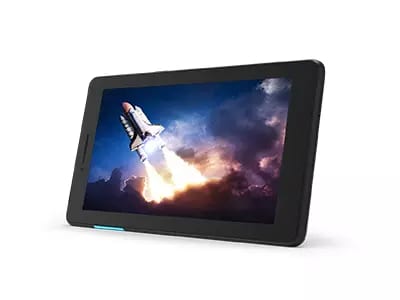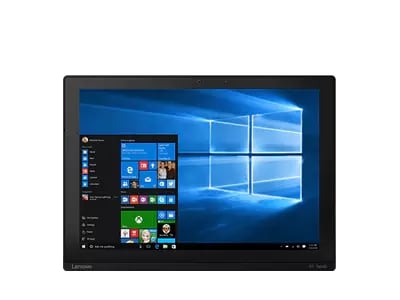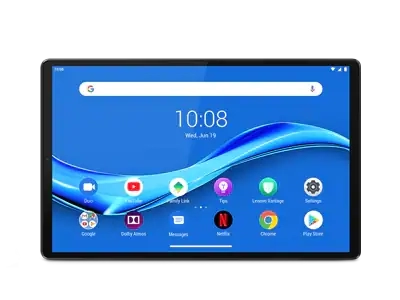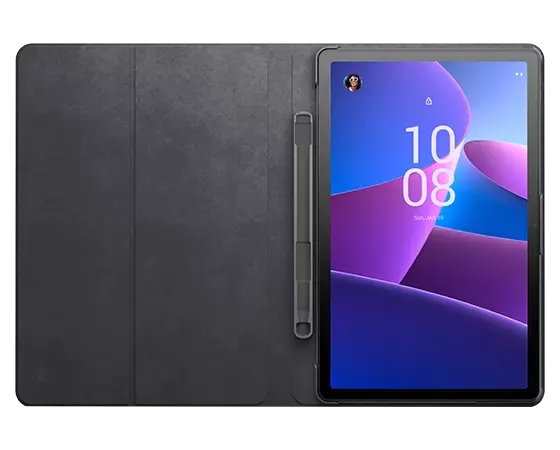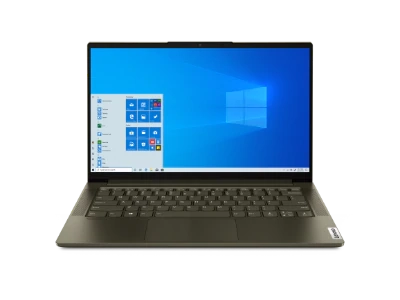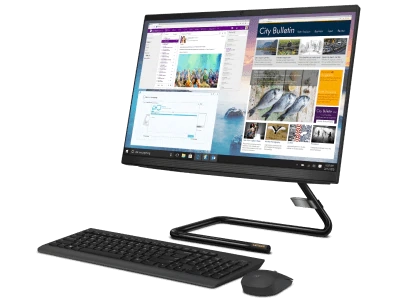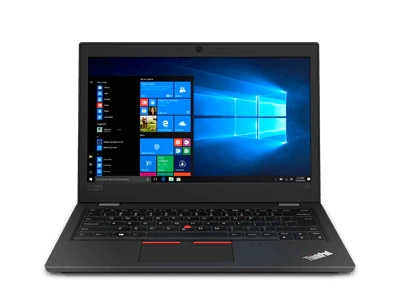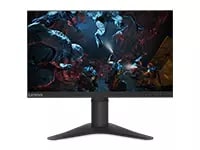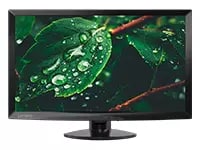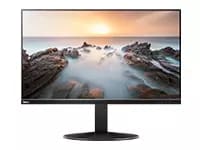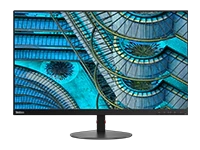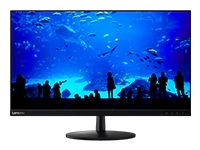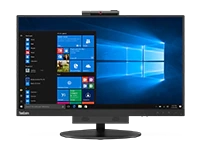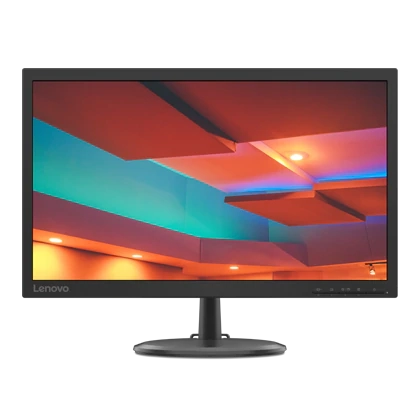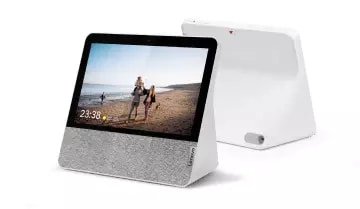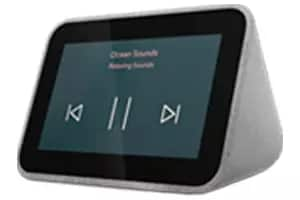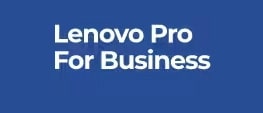What is SMS?
If you’re one of the 91 percent of adults in the U.S. who owns a cell phone, chances are you use SMS. If you’re a teenager, chances are you use it more. SMS, or Short Message Service, is the technical term for text messaging, the most widely used data application in the world. SMS users can send messages between cell phones or from a computer to a cell phone. SMS was first conceptualized in the 1980s and in the last 10 years has become an important medium in both personal and business communication. Text messaging standards were initially adopted into the GSM protocol and later made available on a wide range of networks, including 3G networks.
SMS is made possible by the robust cell phone infrastructure made up of cell towers and satellites. These remote hubs create control channels. When you send a text message, it travels on one of these control channels to the corresponding tower, which routes it to the corresponding control channel of the receiver. SMS messages can fit up to 160 characters in a single message, but modern services can automatically split up longer messages in order to send the complete text.
SMS is great for communicating short comments that do not require an entire phone conversation. Cell phone users can now send multimedia content through SMS, including pictures and videos. In the business world, SMS has become a popular direct-marketing tactic. Businesses can send short messages, which are sometimes accompanied by Web links, directly to target customers’ mobile phones. SMS is the new standard for fast text communication.
Cell phone plans include options for different text messaging amounts. If you are like many Americans who view texting as the most efficient form of communication, you will likely want an unlimited SMS plan to avoid incurring expensive per-text charges.
How does SMS work?
One of the most popular forms of communication, SMS, or Short Message Service, has revolutionized the way we communicate quick messages in both the business world and our personal lives. Today, anyone with a cell phone can send messages for instant delivery to other mobile devices. We take this modern technology for granted, but the complex infrastructure of cell towers and satellites transmits the millions of text messages Americans send every day.
You may not always be on your phone, but it is constantly sending and receiving information over control channels. These pathways between cell phone and cell towers exchange packets of data and establish an ongoing connection. Control channels also serve as the highway for SMS messages. These messages travel from cell phones to towers, which route them to the correct control channel in a matter seconds. Each packet of data contains the message, a time stamp, the format and the destination phone number.
From a user’s perspective, an SMS message travels from one phone to another instantly and we usually don’t think twice about how it got there. Millions of consumers around the world own a smartphones or a tablet and most of them use SMS messaging to make plans, check-in or communicate with others.
What is the difference between SMS and MMS?
Text messaging, also called SMS messaging, is the preferred form of communication for millions of cell phone users. SMS messaging enables users to send text across cell networks instantly, but MMS messaging has provided a way to send multimedia content, including pictures, sound clips, videos and text.
SMS, or Short Message Service, was the initial app developed to send text between cell phones. SMS messages travel on control channels between cell phones and cell towers for delivery within seconds. Users are limited to 160 characters per SMS message, but most services can automatically break up longer messages into the appropriate amounts of texts. Widespread cell phone use led to a boom in SMS messaging in the early 2000s and new technology has taken this popular form of communication a step further.
MMS, or Multimedia Messaging Service, is the next generation of text messaging. The process of sending an MMS message is the same as an SMS text, but once it gets to the cell tower, the message center sends it via the Internet to the recipient’s carrier. The recipient message center then determines whether the recipient’s handset is capable of receiving MMS messages. If so, it sends a URL to the phone as a text message and the phone translates the content. MMS is a more complicated system, but it still delivers messages in seconds.
Does my phone or tablet need SMS?
Cell phone plan providers offer a number of various features and data plans to enhance your mobile experience. Some cell phone users overlook the importance of that most popular mobile app in history: SMS, or Short Message Service. Better known as text messaging, SMS enables cell phone users to send messages of up to 160 characters between devices in seconds. This function is perfect for communicating plans or short thoughts that don’t require a phone call. SMS has become the preferable form of communication for many users in both their professional and personal lives.
SMS can extend to web applications and enhance the overall computing experience with mobile communication.
Almost all mobile phones come equipped with SMS capabilities, but now tablets are starting to get into the act. Some tablet providers offer data plans that include SMS coverage. If not, a number of apps can enable SMS communication between tablets and other mobile devices. If you need SMS to connect with your kids, co-workers or significant other, a tablet is a viable option. Otherwise, make sure your mobile device has SMS, and buy a bundle that works for you. When considering what kind of SMS plan you need, overestimate how much you use it. Try SMS and you might be hooked.


Limits: Orders limited to 5 computers per customer. For larger quantities, go to the “Where to Buy” section of the website for details of resellers and retailers of Lenovo products
Offerings and Availability: All offers subject to availability. Offers, prices, specifications and availability may change without notice. Product offerings and specifications advertised on this website may be changed at any time and without notice. Models pictured are for illustration purposes only. Lenovo is not responsible for photographic or typographic errors..
PCs shown here are shipped with an operating system.
Prices: Web prices advertised include VAT. Prices and offers in the cart are subject to change until the order is submitted. *Pricing - savings referenced off regular Lenovo web prices. Reseller prices may differ from those advertised here.
**Battery: These systems do not support batteries that are not genuine Lenovo-made or authorised. Systems will continue to boot, but may not charge unauthorised batteries. Lenovo has no responsibility for the performance or safety of unauthorised batteries, and provides no warranties for failures or damage arising out of their use. **Battery life is based on the MobileMark® 2014 methodology and is an estimated maximum. Actual battery life may vary based on many factors, including screen brightness, active applications, features, power management settings, battery age and conditioning, and other customer preferences.
Finance is provided by Duologi. Duologi is the trading name of Specialist Lending Ltd.
General: Review key information provided by Microsoft® that may apply to your system purchase, including details on Windows 10, Windows 8, Windows 7, and potential upgrades/downgrades. Lenovo makes no representation or warranty regarding third-party products or services.
Trademarks: Lenovo, ThinkPad, IdeaPad, ThinkCentre, ThinkStation and the Lenovo logo are trademarks of Lenovo. Microsoft, Windows, Windows NT, and the Windows logo are trademarks of Microsoft Corporation. Ultrabook, Celeron, Celeron Inside, Core Inside, Intel, Intel Logo, Intel Atom, Intel Atom Inside, Intel Core, Intel Inside, Intel Inside Logo, Intel vPro, Itanium, Itanium Inside, Pentium, Pentium Inside, vPro Inside, Xeon, Xeon Phi, Xeon Inside, and Intel Optane are trademarks of Intel Corporation or its subsidiaries in the U.S. and/or other countries.© 2023 Advanced Micro Devices, Inc. All rights reserved. AMD, the AMD Arrow logo, Athlon, EPYC, FreeSync, Ryzen, Radeon, Threadripper and combinations thereof are trademarks of Advanced Micro Devices, Inc. Other company, product or service names may be trademarks or service marks of others.






